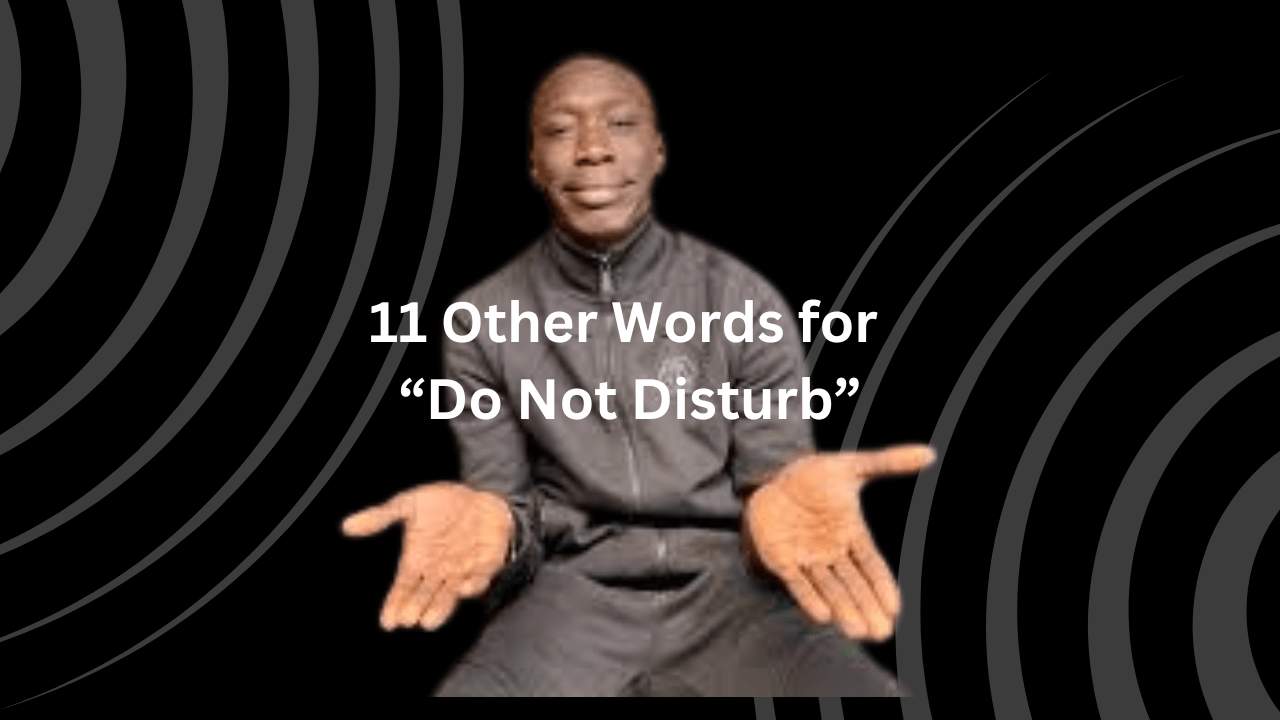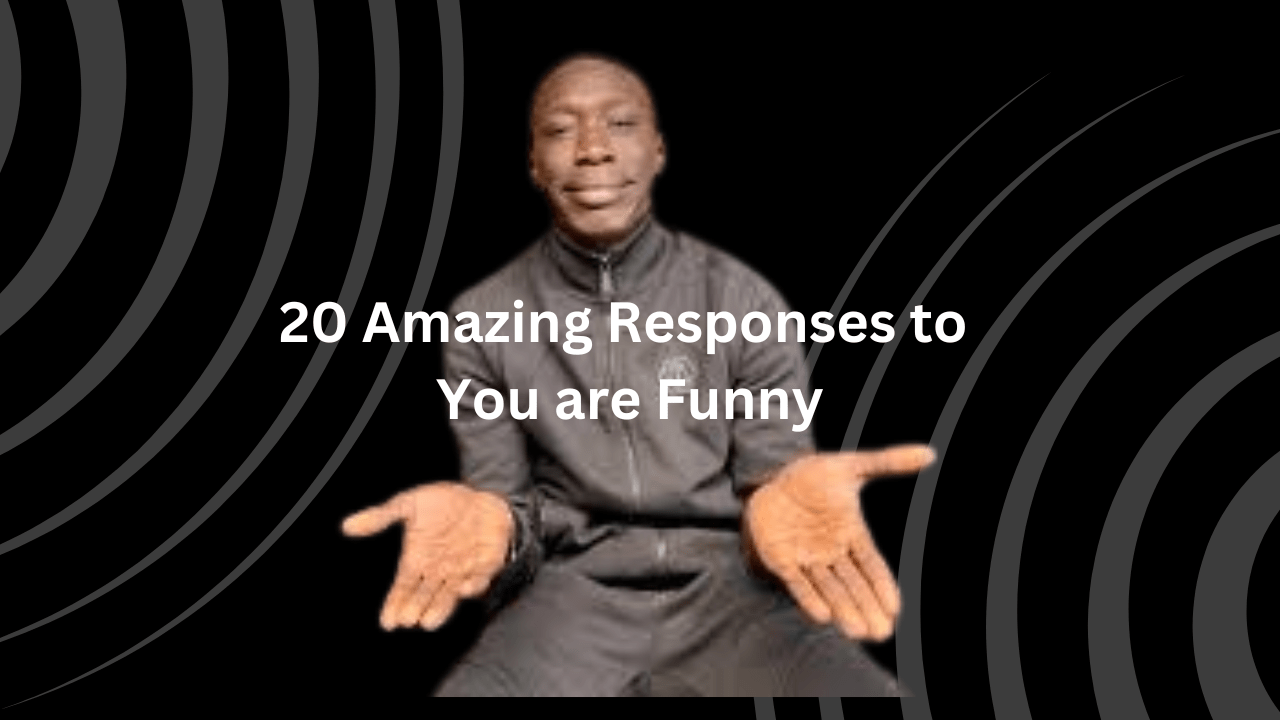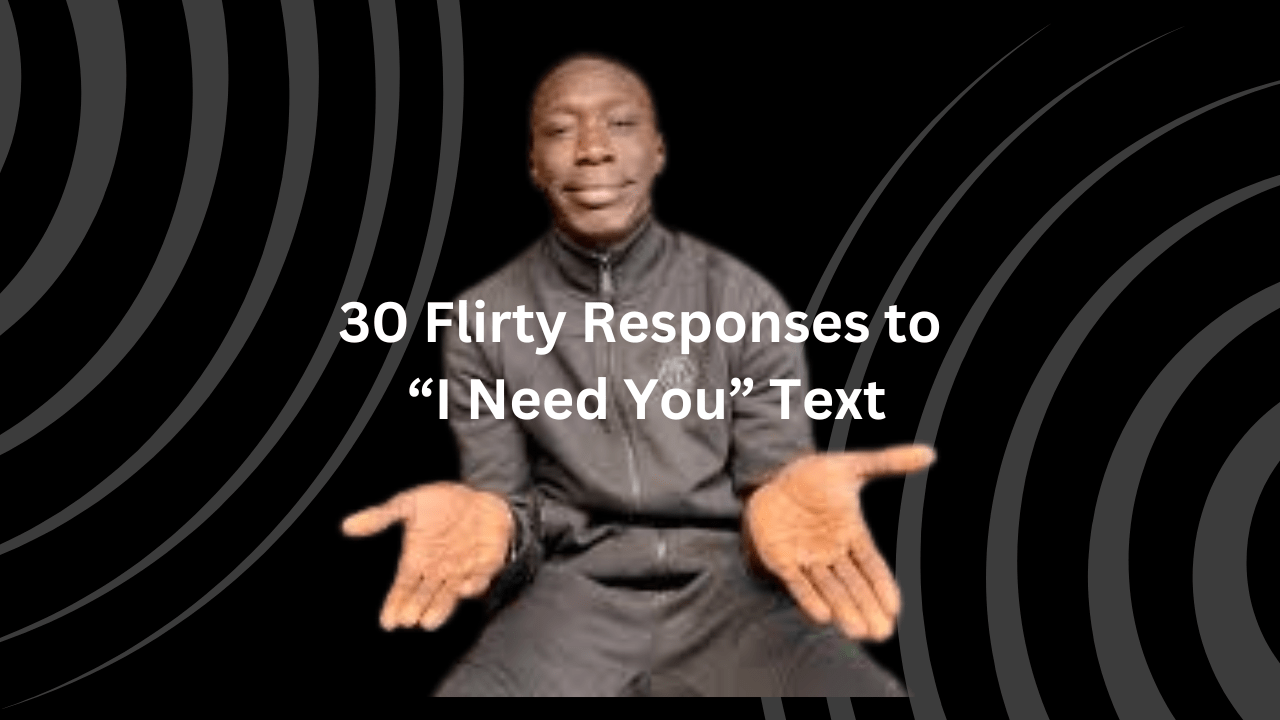Negotiating is a nuanced skill that requires finesse, strategy, and confidence. When presented with a low ball offer, it’s crucial to respond thoughtfully while upholding your value and maintaining a respectful tone. In this comprehensive guide, we’ll delve into 20 effective comebacks for low ball offers, providing detailed explanations and examples to help you navigate negotiations with poise and professionalism.
Here Are 20 Best Response for “Comebacks for Low Ball Offers”

“Thank you for your offer. However, I believe there’s room for us to find a mutually beneficial agreement.”
This response acknowledges the offer while subtly indicating that it falls short of expectations. By expressing openness to negotiation, you set the stage for further discussion without outright rejecting the offer.
Example: “Thank you for extending the offer. While I appreciate the opportunity, I believe there’s potential for us to reach a more equitable arrangement that reflects the value I bring to the table.”
“I appreciate your initial offer. Let’s explore ways to bridge the gap between our positions.”
This response acknowledges the effort put into the initial offer while signaling a willingness to engage in further negotiation. It invites collaboration and suggests a desire to find common ground.
Example: “Thank you for presenting your initial offer. I recognize the effort that went into it. Let’s work together to find a solution that meets both our needs.”
“While I understand your perspective, I’m looking for a figure that better aligns with the value I bring to the table.”
This response diplomatically communicates that the offer does not adequately reflect your worth. It asserts your value while maintaining a respectful tone, encouraging the other party to reconsider their position.
Example: “I understand where you’re coming from, but I’m seeking a figure that aligns more closely with the expertise and contributions I’ll be bringing to this role.”
“I’m confident we can reach a fair compromise that reflects the quality of my work and expertise.”
This response exudes confidence while expressing optimism about the potential for reaching a mutually beneficial agreement. It conveys a sense of assurance and sets a positive tone for future negotiations.
Example: “While the initial offer is lower than expected, I’m confident that with some adjustments, we can arrive at a figure that accurately reflects the value I’ll be bringing to your organization.”
“I’m open to negotiation, but I need a proposal that respects the market value for my skills and services.”
This response asserts your expectation for fair compensation while emphasizing the importance of market value. It positions you as informed and reasonable, while also advocating for your worth.
Example: “I’m willing to discuss the terms further, but it’s essential that any offer aligns with industry standards and the value of my expertise.”
“I’m seeking a figure that reflects the industry standard for similar roles and responsibilities.”
This response provides a benchmark for the desired compensation, citing industry standards as a basis for comparison. It communicates that your expectations are grounded in market norms, making your request more compelling.
Example: “I’ve done some research, and it seems that the industry standard for this type of role falls within a certain range. I’m hoping we can align our offer accordingly.”
“I’m willing to consider your offer, but I need to see more flexibility on the terms.”
This response acknowledges the offer while signaling a need for greater flexibility. It encourages the other party to revisit the terms of the offer, fostering a more collaborative negotiation process.
Example: “I appreciate the offer, but I’d like to discuss some adjustments to the terms. I believe with a bit more flexibility, we can reach an agreement that works for both of us.”
“I value our potential partnership and believe we can find common ground with a revised offer.”
This response emphasizes the importance of the partnership while expressing confidence in the potential for reaching a compromise. It reinforces a spirit of collaboration and encourages the other party to reconsider their offer.
Example: “I’m excited about the possibility of working together and believe that with a revised offer, we can establish a mutually beneficial partnership.”
“I’m committed to finding a solution that meets both our needs, but I need a more competitive offer to move forward.”
This response communicates a commitment to finding a resolution while indicating that the current offer is insufficient. It underscores the importance of reaching a compromise that satisfies both parties.
Example: “I’m dedicated to reaching an agreement that works for both of us, but I believe the offer needs to be more competitive to move forward.”
“Thank you for bringing this matter to my attention ahead of time.”
This expression acknowledges the importance of being informed in advance, regardless of the specifics of the offer. It maintains a professional tone while signaling openness to further discussion.
Example: “I appreciate you reaching out to discuss this matter in advance. It’s important to have these conversations early on to ensure we’re on the same page.”
“I respect your position, but I need a proposal that acknowledges the value I bring to the table.”
This response communicates respect for the other party’s perspective while advocating for fair compensation. It asserts your worth and encourages the other party to recognize the value you bring to the negotiation.
Example: “I understand where you’re coming from, but I need a proposal that reflects the expertise and contributions I’ll be bringing to this partnership.”
“I’m seeking a figure that reflects the level of investment and dedication I’ll be bringing to this role.”
This response emphasizes the level of commitment you’re prepared to make while asserting your expectation for commensurate compensation. It communicates that your request is based on the value you intend to provide.
Example: “I’m fully committed to this role and eager to invest my time and energy. However, I’m seeking a figure that reflects the level of dedication I’ll be bringing to the table.”
“I’m confident that with some adjustments, we can reach an agreement that satisfies both parties.”
This response expresses optimism about the potential for finding a mutually acceptable solution. It encourages flexibility and compromise while maintaining a positive outlook.
Example: “While we may have some differences in our initial positions, I’m confident that with some adjustments, we can arrive at an agreement that meets both our needs.”
“Let’s work together to find a compromise that honors the contributions I’ll be making to your organization.”
This response emphasizes collaboration and mutual respect while highlighting the value you’ll be bringing to the organization. It positions negotiation as a joint effort to achieve a favorable outcome.
Example: “I’m excited about the opportunity to contribute to your organization, and I’m confident that together, we can find a compromise that recognizes my contributions.”
“I’m interested in exploring this opportunity further, but I need a more competitive offer to move forward.”
This response expresses interest in the opportunity while signaling a need for improved terms. It maintains a positive tone while clearly stating your expectations for a revised offer.
Example: “I’m intrigued by the potential of this opportunity and eager to explore it further. However, I believe we need to revisit the terms to ensure they align with my expectations.”
“Thank you for your offer, but I’m looking for a figure that reflects the current market conditions and my level of experience.”
This response underscores the importance of market conditions and experience level in determining fair compensation. It communicates that your expectations are based on objective factors rather than arbitrary preferences.
Example: “I appreciate your offer, but I’m seeking a figure that’s more in line with the current market conditions and the level of experience I bring to the table.”
“I’m open to negotiation, but I need a proposal that demonstrates a genuine commitment to our partnership.”
This response emphasizes the importance of commitment and partnership while asserting the need for a more serious offer. It encourages the other party to demonstrate their commitment through a revised proposal.
Example: “I’m excited about the potential for our partnership, but I need to see a proposal that reflects a genuine commitment to our collaboration.”
“I’m confident that together, we can find a solution that meets both our needs and expectations.”
This response instills confidence in the negotiation process while expressing optimism about the potential for reaching a favorable outcome. It fosters a sense of collaboration and mutual benefit.
Example: “While we may have some differences in our initial positions, I’m confident that by working together, we can find a solution that satisfies both our needs and expectations.”
“I’m seeking a figure that reflects the value I’ll be bringing to your team and the impact I’ll make on your organization.”
This response highlights the value proposition you offer while advocating for fair compensation. It communicates that your expectations are rooted in the tangible benefits you’ll deliver to the organization.
Example: “I’m excited about the opportunity to contribute to your team, and I’m seeking a figure that reflects the value I’ll bring and the impact I’ll make on your organization.”
“I’m committed to finding a resolution that works for both of us, but I need a more realistic offer to continue our discussions.”
This response emphasizes your commitment to reaching a resolution while asserting the need for a more realistic offer. It maintains a professional tone while clearly stating your position.
Example: “I’m dedicated to finding a solution that works for both parties, but I believe we need to revisit the offer to ensure it aligns with our mutual interests and expectations.”
Conclusion:
Responding to low ball offers requires a combination of confidence, diplomacy, and assertiveness. By employing these 20 effective comebacks and their detailed explanations, you can assert your value, negotiate from a position of strength, and ultimately secure a fair and equitable agreement. Remember to remain composed, focus on the mutual benefits of the negotiation, and advocate for your worth with professionalism and grace. With these strategies in your arsenal, you’ll be well-equipped to navigate any negotiation with confidence and success.









